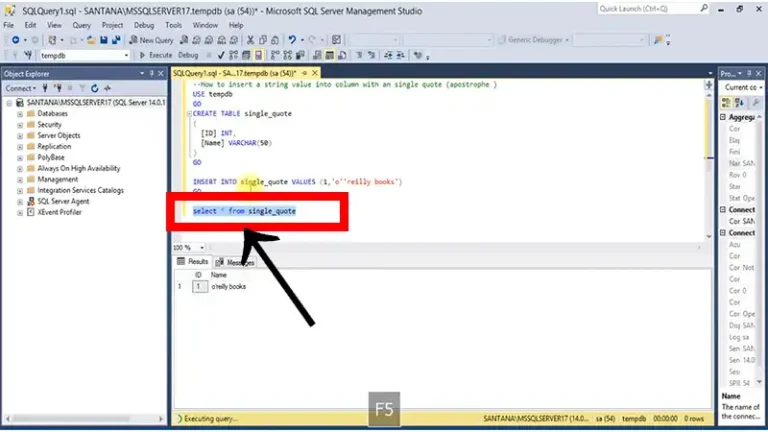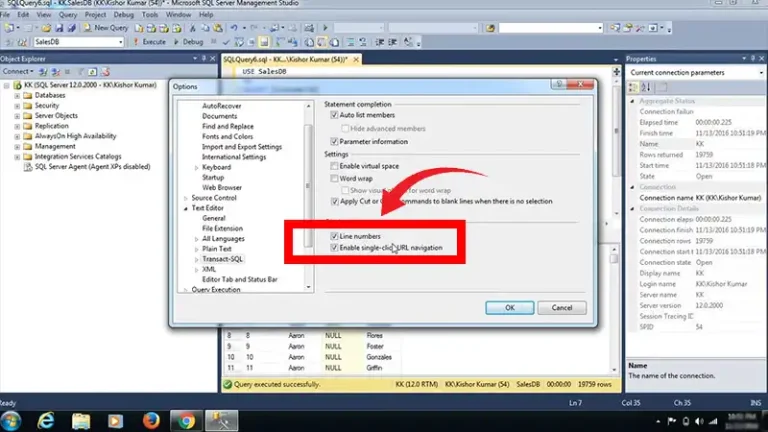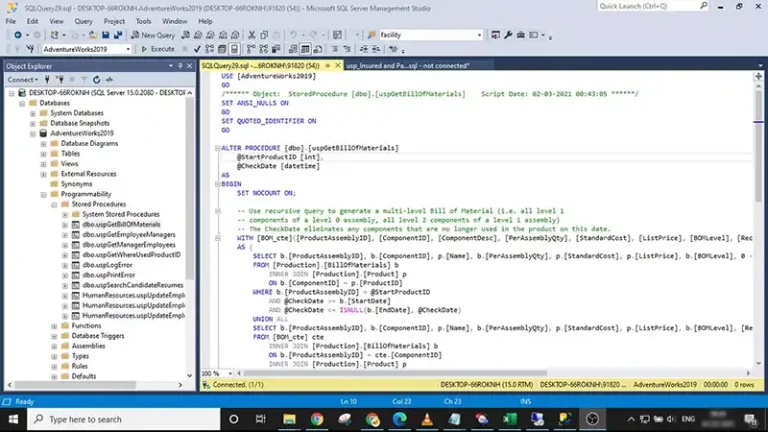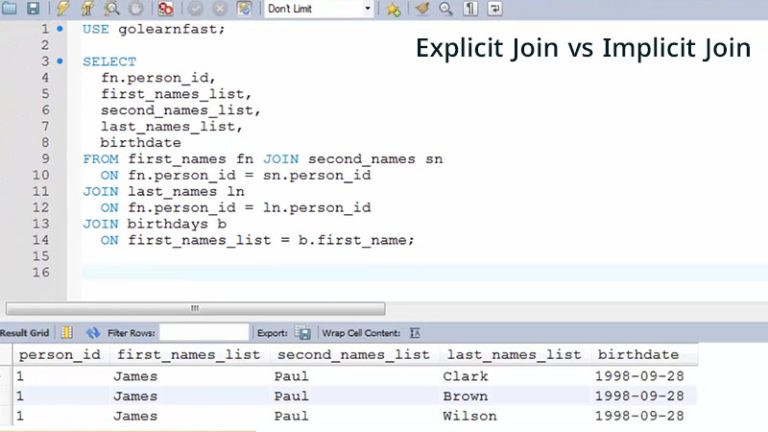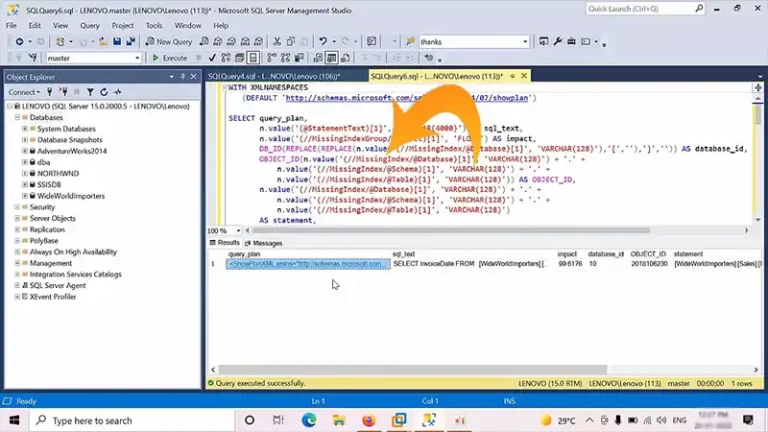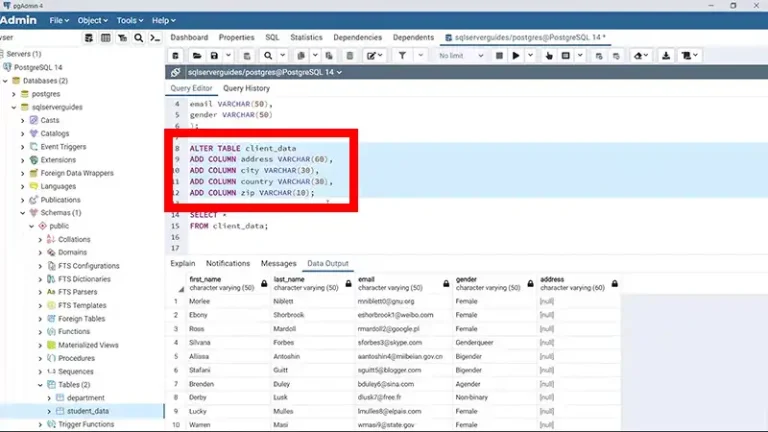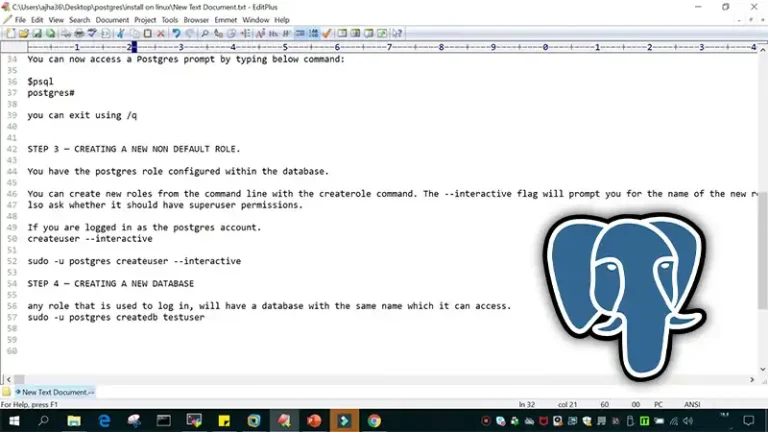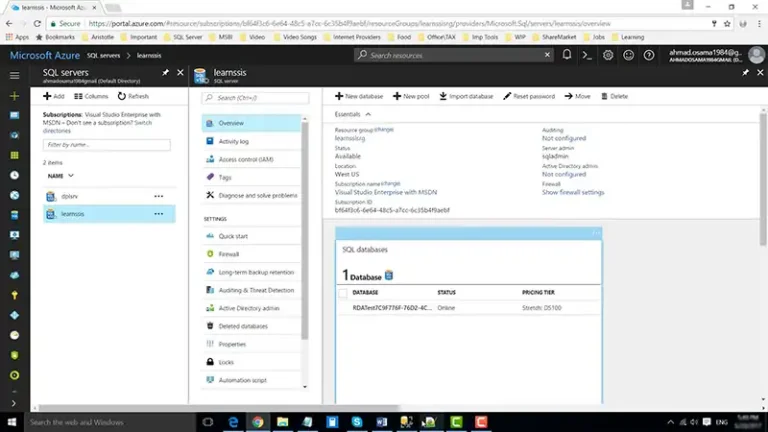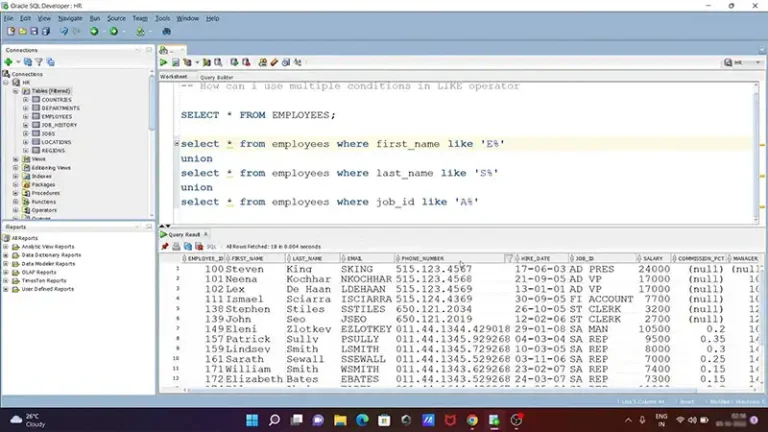Resetting AUTO_INCREMENT in MySQL | A Comprehensive Guide
MySQL has the AUTO_INCREMENT attribute that is commonly used to generate unique identifiers for rows in a table automatically. However, there may be instances where you need to reset the AUTO_INCREMENT value, such as cleaning up test data or optimizing the storage of your database. Or perhaps you’ve accidentally deleted some records or want to…


